Citizen Science: Project FeederWatch -- Count #11 Report w/Original Photos
Citizen science is a great way to involve children and adults in the discovery of nature and contributing to scientific research and conservation. Project FeederWatch through Cornell University is a great way to get involved in citizen science. You can learn more at the Project FeederWatch website.
I typically watch birds on Saturday and Sunday. This is my report for 20-21 January 2018.
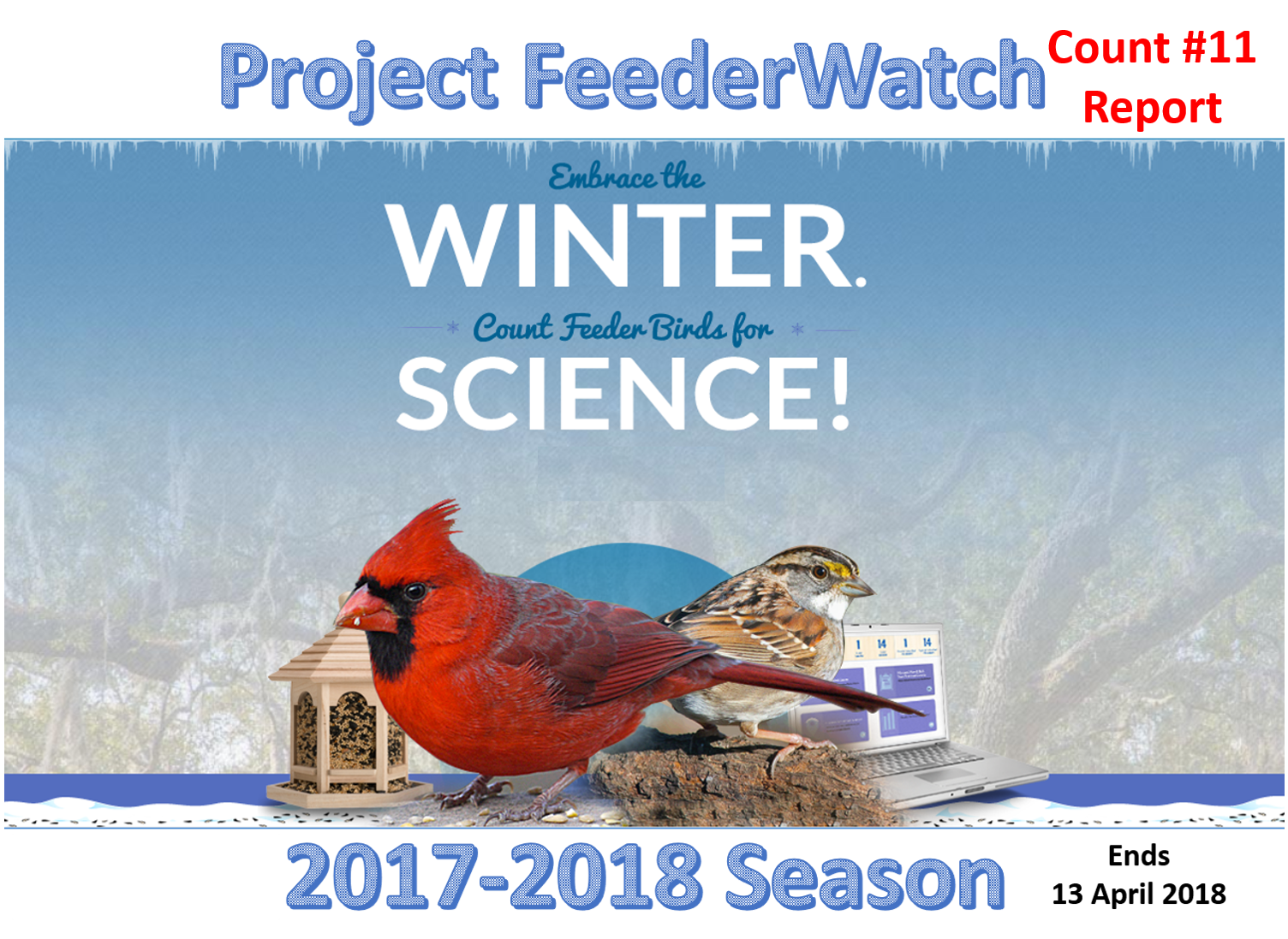
Created Using MS PowerPoint and Images from Project FeederWatch
January 2018
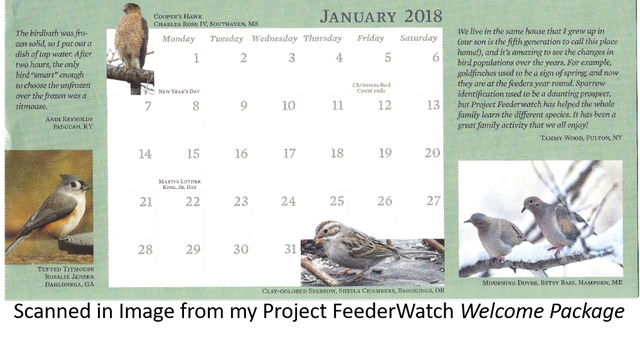
The 2017-2018 season goes through 13 April 2018.
Bird Watching Notes
Saturday
There was a nice sunrise Saturday morning but I did not get any bird pictures on Saturday.
Original Photo
Sunday
Blue Jay
I spotted this Blue Jay in the tree holding a nut by his feet on a branch. Here is a series of pictures showing this Blue Jay eating the nut.
Original Photo
Original Photo
Original Photo
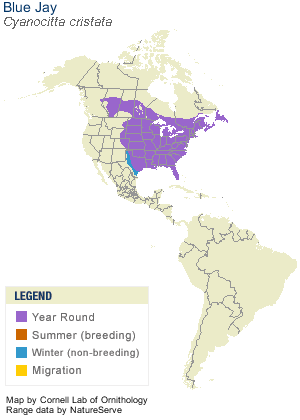
Image Source
More information on the Blue Jays can be found at All About Birds.
Mourning Dove
This Mourning Dove was sitting by itself.
Original Photo
But along came a female Northern Cardinal to have a chat. How do birds chat? Well, they Tweet of course. I didn't catch their Twitter ids.
Original Photo
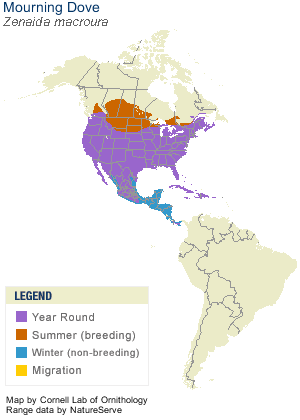
Image Source
More information on the Mourning Doves can be found at All About Birds.
Northern Cardinal
This is the female Northern Cardinal.
Original Photo
Here is the male Northern Cardinal on overwatch duty in the tree.
Original Photo
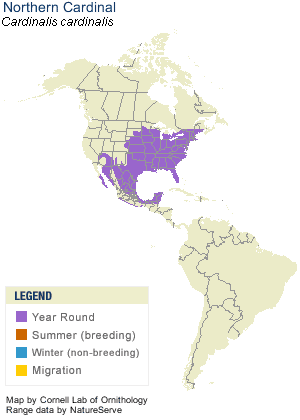
Image Source
More information on the Northern Cardinals can be found at All About Birds.
American Goldfinches
A trio of American Goldfinches brunching on coarse sunflower seeds.
Original Photo
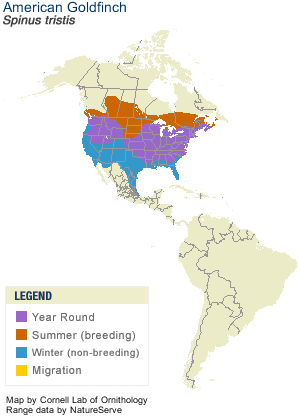
Image Source
More information on the American Goldfinches can be found at All About Birds.
Bird Counts
Counts for Current Period
My bird counts for the two-day period 20-21 January 2018.
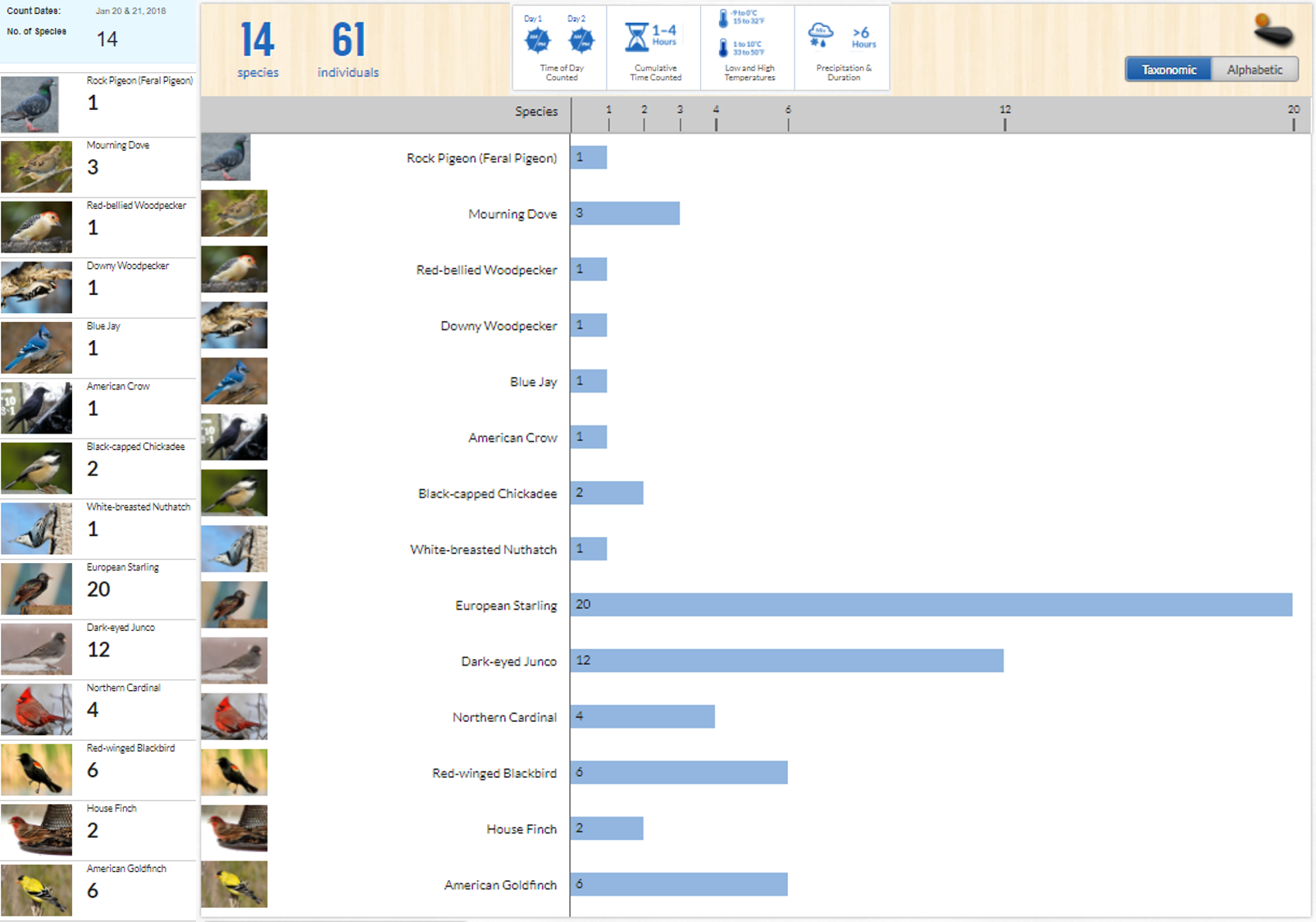
Snapshot from Project FeederWatch Bird Count Summary
Summary of Counts this Season
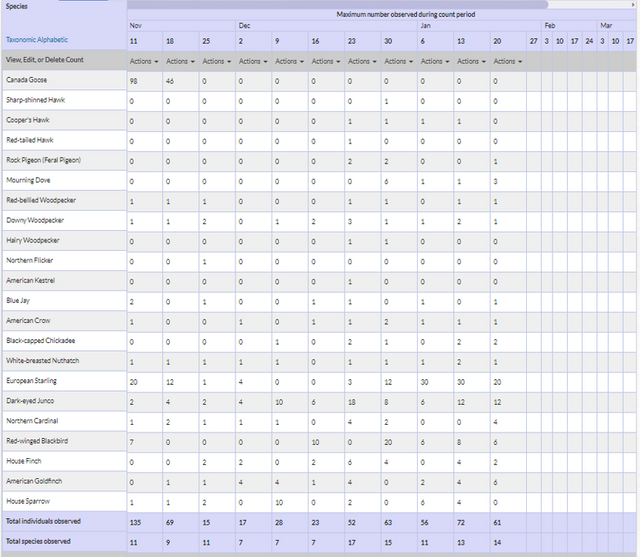
Snapshot from Project FeederWatch Bird Count Summary
Previous Project FeederWatch Post
Citizen Science: Project FeederWatch -- Count #10
Use of Original Photos
I used the SteemIt icon in my photo credit to indicate these photographs were originally posted on SteemIt.
The photographs in this post are free to be used by anyone as long as the photo credit is left on the photographs.
Photo/Video Editing
Video editing performed with Adobe Primiere Elements 2018. Affiliate link to Amazon.com provided for your convenience.
My Commitment to Promote Engagement within the SteemIt Community
To the #minnows in the SteemIt community I make this commitment to all who upvote and comment on this post within about 3 days. To encourage engagement within our community I will upvote with between 1% to 10% voting power all comments associated with this post. I will assess your engagement based on the relevancy and depth of your comment. Yes, this is a subjective measure and will be infleuenced by my voting power. I want to reward those comments with meaningful engagement. This way even #minnows can be assured to earn a little from their engagement and hopefully this encourages further engagement with the SteemIt community.
I have been on SteemIt since August 2016 and I am always willing to try to answer any of your questions about my experience and about the platform.
Thank You!
Thank you!
Beautiful pictures, mike, great resource for children (and adults as well). Bird watching has a long tradition especially in the anglo world. I remember reading a lot about ornithology when I was a young boy, I found it fascinating. I do not think the French (for instance) have ever taken a particular interest in birds. I would be curious to understand why bird watching as an activity and interest figures so differently from one culture to another
I think some of the bird watching has to do with the variety of birds in the area. Being observant of nature is something innate in people who do not live in cities.
Project FeederWatch encompasses both bird watching and conservation efforts. I mainly do it in the cold winter months because you find yourself inside a lot but also looking outside a lot too. It just seems to fit for now. With the dull and bleak colors of winter it is pleasant to see birds with vibrant colors from time to time.
The statistics gathered from the data Project FeederWatch participants enter is also interesting to me. My background is physics and math. Getting the reports generated from the Project FeederWatch data is fun to read. And knowing I play a part in supplying some of the data is rewarding too.
Here is a map of the Project FeederWatch participants:
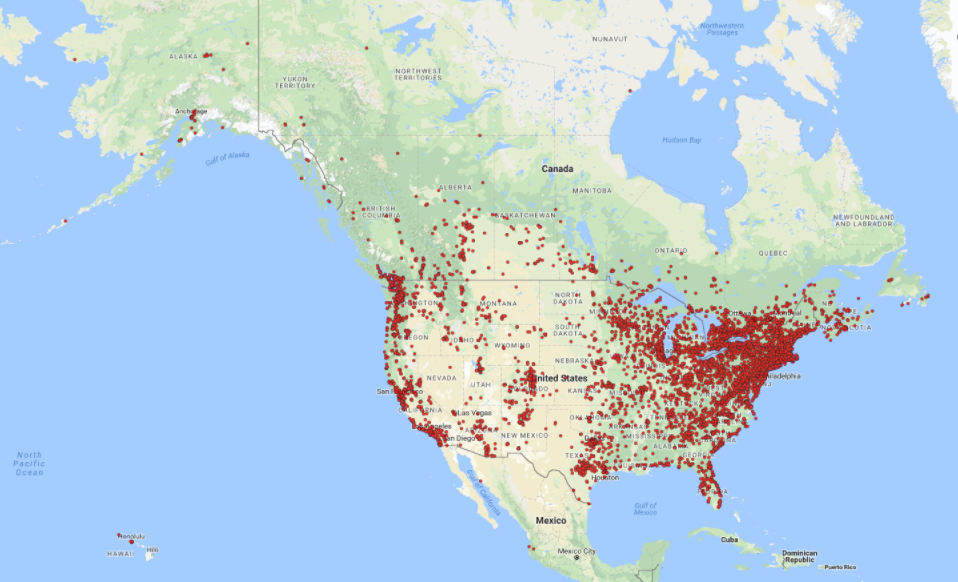
In the central part of the continent where my FeederWatch site is located there are not as many observers as elsewhere. From a scientific point of view, this may make my data even more important to the statistical efforts of the Project FeederWatch researchers.
Have a great weekend!
Steem on,
Mike
What do you use for visualisation, Leaflet?
The Project FeederWatch website has a map of all the participants' feeder site.
I just used the Windows "Snipping Tool" to take a snapshot of it.
Steem on,
Mike
On a different topic, seeing that you did answer yet not upvote my comment what should I infer:
As always got a plenty of pleasure looking at your pictures, unfortunately I have not seen such beautiful birds in my city.
Very informative post i also love science so i wish you will write more about science thank you
Thank you! I will try to write a science article at least once a week.
Have a fantastic weekend!
Steem on,
Mike
@etcmike que lindo gesto de tu parte apoyar a los #minnows, son pocas las personas que lo hacen, eres todo un personaje.
De todas las aves que nos presentaste me enamore del arrendajo azul, su color es muy brillante, la paloma de luto es muy común en mi país"Colombia ".
@etcmike te deseo un muy felíz fin se semana, al lado de tus seres queridos.
Saludos y abrazos desde la distancia.
Thank you for your kind comment.
The Blue Jays are fairly common here. They are a very aggressive bird which is why we usually do not see flocks of them, but they are around.
I have only seen up to about six Mourning Doves at a time here. European Starlings and Red-Wing Blackbirds are more prevalent than Mourning Doves.
The Rock Pigeons are becoming more common in the area. I usually associate pigeons with cities. As the area builds up around me, more and more pigeons seem to be moving in. Pigeons are usually not associated with backyards, but like any other animal, they go where the food is.
Have a wonderful weekend!
Steem on,
Mike
@etcmike i really wait for your reports of feederwatch project. It is so amazing,interesting and informative. Thanks for sharing your research with us.
Have a great day!
Thanks for your informative & valuable post.It is the nature of beauty of bird photo.We can gather a lot of experience from your every post.
Thanks #etcmike.
@Resteem & follow has been done.
These are really amazing clicks of quite rare birds.. I don't know how you find them and click them...
Information collection is great as well..
Lovely post...
Many of the birds are drawn to my backyard by the mixed nuts in the feeders. It just takes a lot of patience, trials and errors to get the right photograph.
Many of these birds are not that rare in my area. In the coming spring there will be some rare migratory birds that move through my area and find the bird seed in my backyard.
Have a great weekend!
Steem on,
Mike
The photos of the cardinal are spectacular, it is so beautiful with its red beak, the male always more colorful to attract the female. The most opaque female to protect the nest in the nest. The orange sky photo is beautiful. I just concluded that you are very skilled with photography
I am still learning photography. My patience seems to work well with my photography, being still and waiting for the right shot. That's not to say every photo is a perfect shot, I do discard photos that are blurred, out of focus, or too dark. Today I switched to a different tripod and tripod head. I am still playing with it to learn how to use it.
Have a wonderful weekend!
Steem on,
Mike
They sure are amazing the birds and most nice is the sunrise image it is stunning buddy !
Keep on posting !
Beautiful birds you have spotted there so nice to see them :)